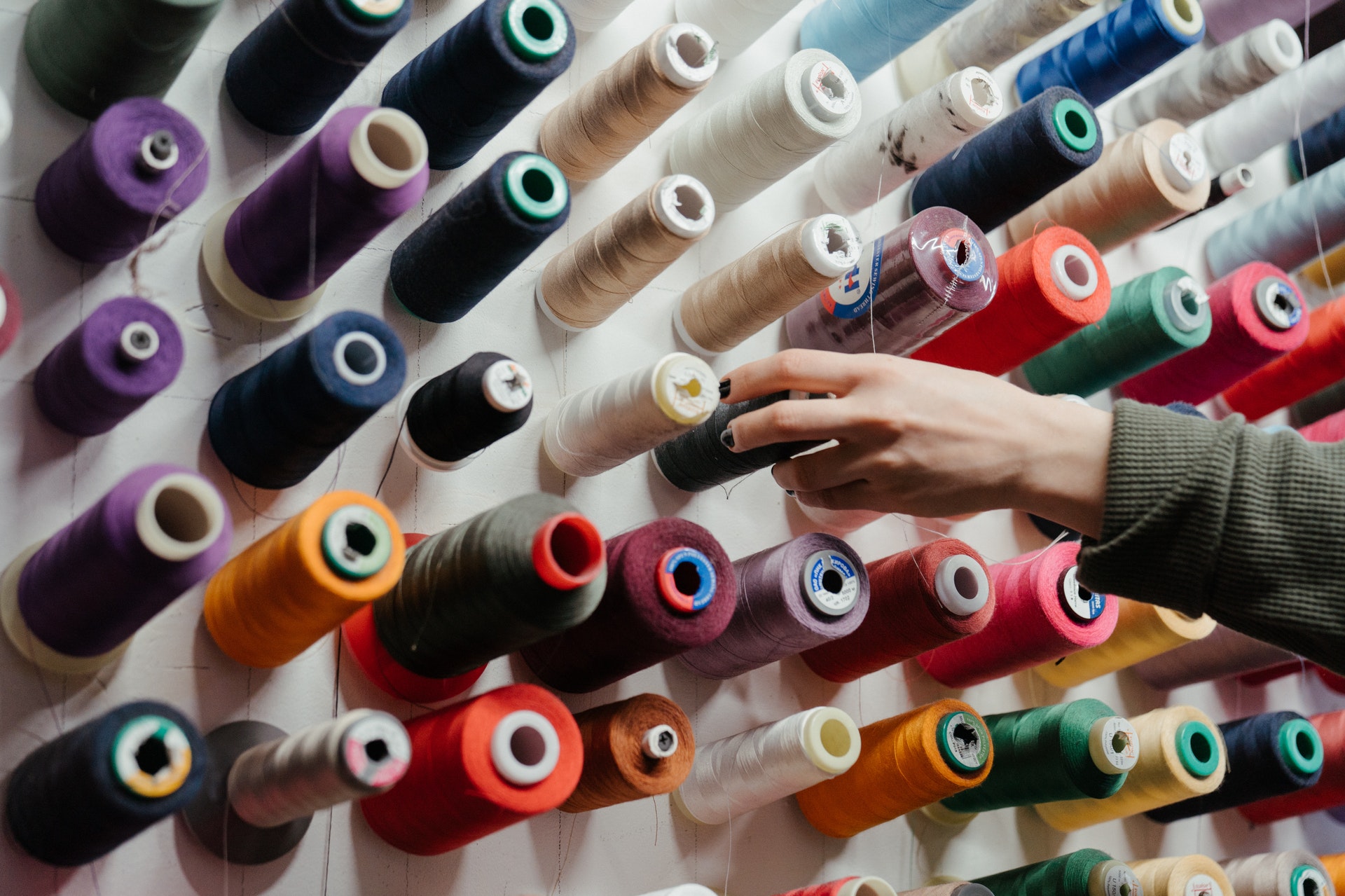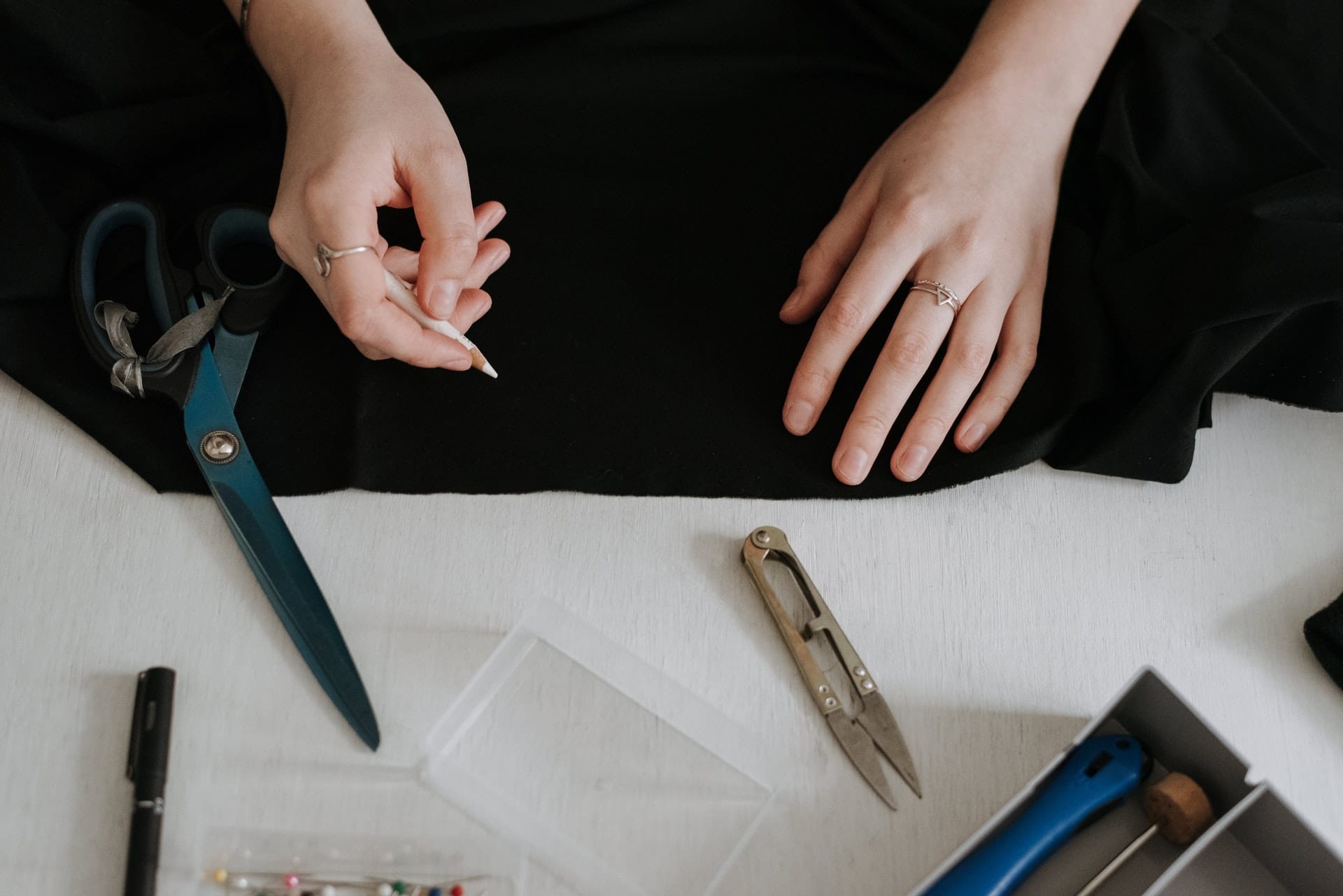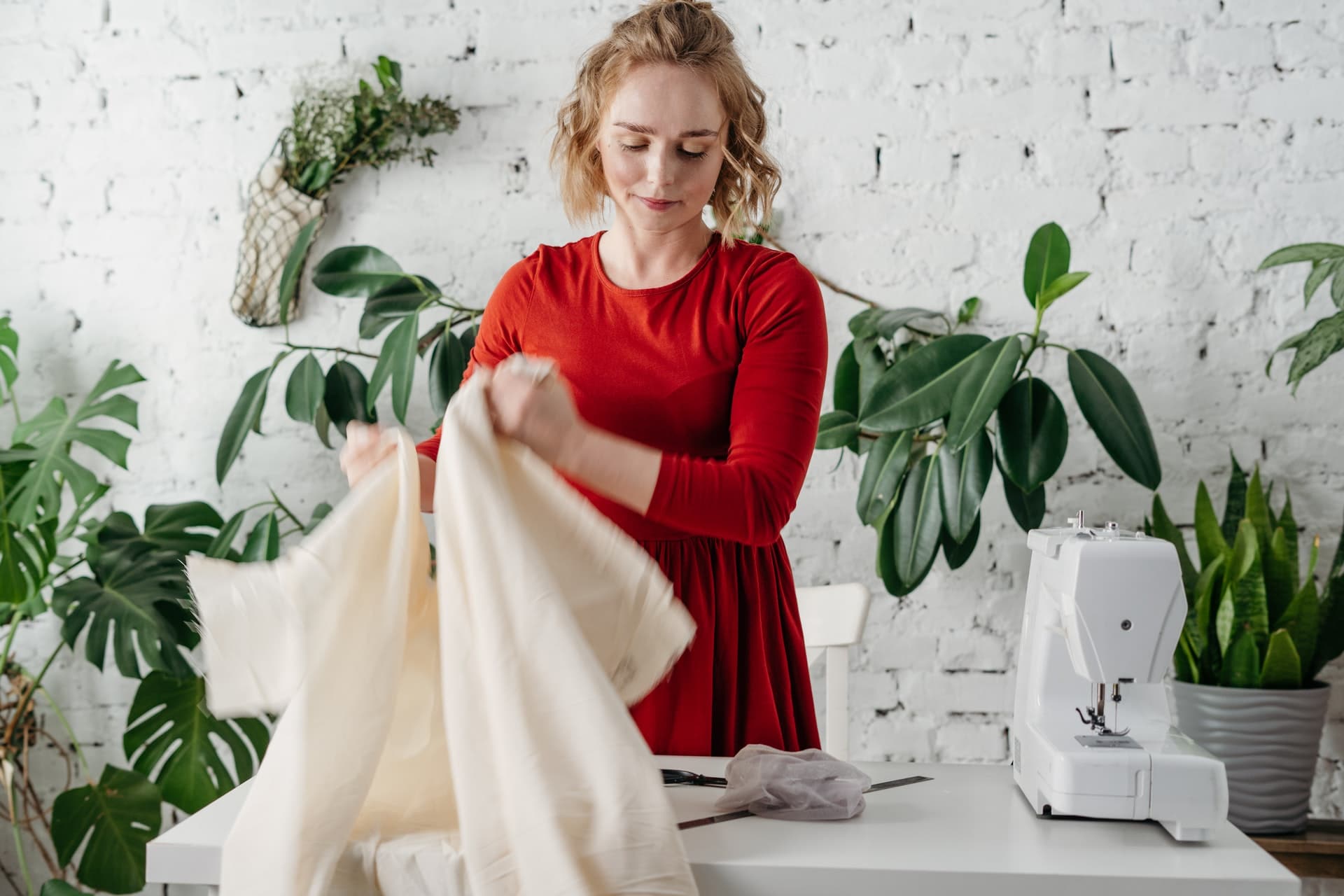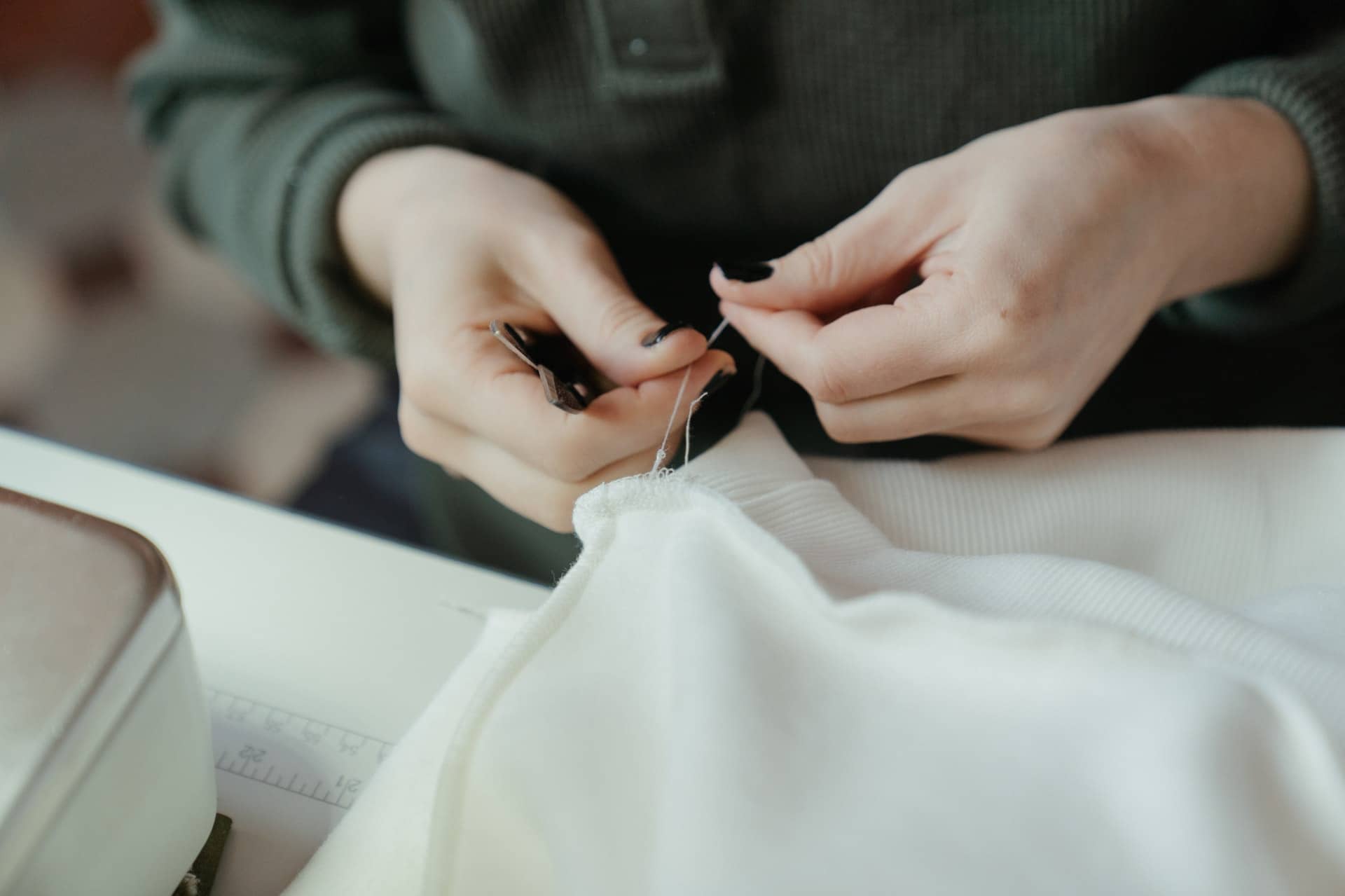Are you looking for sewing tutorials and sewing patterns Australia? There are many design and fashion enthusiasts all over Australia who are making their dreams of learning to sew a reality.
The question is how. Well, the answer has many variables but truth is, learning to sew is not as difficult as it may seem. As with any other discipline, it is mostly a matter of time and practice until you can get the right skills. That said, in order to enter the world of fashion design you will probably need to take a couple of classes or courses. But, who knows? The sky's the limit!
Keep reading to learn how you can learn to sew with sewing tutorials and how you can find sewing classes or courses with the help of Superprof.
Find sewing classes Sydney to speed up the learning process.

How to Sew By Hand?

Having basic sewing supplies and the skills to use them can simplify the process of fixing everyday wear and tear on clothing and household items. Knowing basic hand sewing techniques allows you to quickly make repairs and do small projects. Even if you have a sewing machine, there are times that hand sewing is better to give you the results you want.
It is a good idea to keep a sewing kit on hand in your home so you have all the necessary supplies to fix basic tears and broken seams. You don’t need a spotlight sewing machine to attach a button or mend a hem.
Here’s an idea of what your sewing kit should include:
- Needles: You’ll only need one to sew with, but generally a few different needles come together in a set. Make sure you get a hand-sewing needle.
- Thread: A sewing kit should have several different colours of thread in it so that you can match the thread colour to the colour of the item. Any cotton or nylon thread will do for your hand sewing project.
- Scissors: You’ll need a basic pair of sewing scissors to cut the thread and trim any loose ends. Avoid using any regular desk or paper scissors; you need to get scissors made for sewing, as they are made for cutting thread and pieces of fabric to avoid fraying.
- Thimble: A thimble isn’t crucial, but if you’re worried about pricking your finger, a thimble can be a helpful tool.
Discover how to make the best use of your sewing machine!
There are many sewing tutorials out there that explain the simple steps behind hand stitching but this basic tutorial on how to sew a backstitch can give you an idea of what sewing by hand entails and how you can practice and get better at it even if you are just a beginner:
Before you sew, make sure you have the right basic materials.
- Spool of thread.
- Scissors.
- Sewing needle.
- And the fabric that you are sewing together.
The steps for sewing by hand a backstitch are as follows:
- Insert the needle into the fabric where you want to start the seam.
- Bring the needle back through both layers of fabric a short distance in front of the previous stitch.
- Insert the needle back into the fabric in the middle of the first stitch.
- Bring the needle up through the fabric the same distance you came forward in creating the first stitch.
- Continue doing a continuous line of back stitches.
A running stitch is basically a longer version of a basic straight stitch.
- Thread your needle and tie a knot at the end of the thread.
- Pull the needle up through both layers of the fabric and pull tight.
- Feed the needle through both pieces of fabric, about half an inch from your last insertion point, and pick up about half an inch of fabric. Pull through. You can adjust this measurement to get the length of stitch you want.
- Continue this step until your seam is the desired length.
Why not use this handy list of sewing tutorials?
On the other hand, these are the basic steps for creating a basting stitch:
- Thread a hand sewing needle and knot the thread.
- Stitch through the fabric to the backside, skip a small distance, and stitch back up to the right side.
- Repeat the stitch in a straight line for the distance needed.
- Sew one or two stitches in place at the end of the area you want to be basted.
A blanket stitch is a decorative finishing seam that is meant to be seen and add character to a project. These are the steps to achieve it:
- Thread your needle and tie a knot at the end of the thread. Make sure you have a long enough thread to finish the seam.
- You will have two pieces of fabric with the wrong sides of the fabric facing each other and the right sides of the fabric facing out.
- Feed the needle just through the top piece of fabric and allow the knot to nestle between the two pieces of fabric.
- Now feed the needle through both layers of fabric, and make sure the needle comes through the same spot. Pull the thread through, and once there is a small loop left, thread the needle through the loop and pull tight to create the first stitch.
- Move across, about a stitch-width, threading the need from the back of the fabric to the front and repeating the above steps. Make sure to keep the stitch width and length consistent throughout.
Find out how easy sewing can be!
Tips and Tricks for Sewing

If you are a beginner at sewing or starting to take beginners classes or courses and want to make sure you are making the most of them, fear not there are many basic tips and tricks from the sewing community that will help you reach your full potential.
Here are a few:
- Make sure that you press as you sew. Good pressing will make your sewing look a lot better.
- Try to sew as precisely as you can. Use the markings to help you sew with an accurate seam allowance.
- Use coordinating thread and good quality materials.
- Study clothing in stores, in your closet, in vintage shops, and in museums to learn how it was constructed and to get ideas to improve your own sewing.
- Make sure the fabric you’ve chosen is suitable for the pattern or style you’re doing.
- Finish your seam allowances, and pick appropriate seam finishing techniques.
- Include details like topstitching and special trims to make your sewing look special.
- Hand baste when necessary. It will save you time and will save you from ripping stitches to re-sew.
- Don’t be afraid to use the seam ripper if something doesn’t work out exactly as you wanted. Everyone makes mistakes.
- Keep an eye on your tension. Make sure the stitches are even and the thread doesn’t pucker.
- Sew things that are at your skill level and that you feel comfortable doing.
- Pay attention to current fashion so you stay up-to-date.
Check here now for the best sewing classes Melbourne for you.
Avoid These Common Sewing Mistakes

Now that you know some tips on how you can improve your sewing skills, it is also important that you know the most common mistakes that beginner students make. That said, it is ok to make sewing mistakes. It doesn’t matter if you are just starting to sew, or if you have years doing it.
- Using the wrong size of needle for a particular fabric
- Not pressing your seams
- Using the wrong tension
- Not measuring yourself to get accurate buttonhole placements
- Choosing the wrong type of needle and thread
- Not having enough fabric in case of errors
- Not finishing visible inner seams
- Using an old and damaged needle
- Choosing an overly complicated pattern, when you are a beginner
- Using the wrong sewing tools for your project
- Not knowing your measurements when creating clothes for yourself
Take Sewing Classes in Australia
Taking sewing classes online is a great way to learn, either with Superprof (by webcam) or through various sewing websites previously mentioned that offer complete training courses at low prices.
Our platform is a great place for you to connect with prospective sewing teachers all over Australia that bring all their experience and knowledge to the table and who would be more than happy to help you better your skills and reach your fashion and design goals.
We have sewing teachers in every major Australian city. The average cost per hour of sewing class is $34 dollars but this can vary depending on the city you live in as well as the profile and qualifications of the teacher you choose.
For example, a teacher with couture and high fashion experience might charge more money than one who only has experience as a local seamstress.
Make sure to budget for your classes and take this into consideration when choosing your sewing lessons.
Read these tips on how to learn to sew like a pro!















